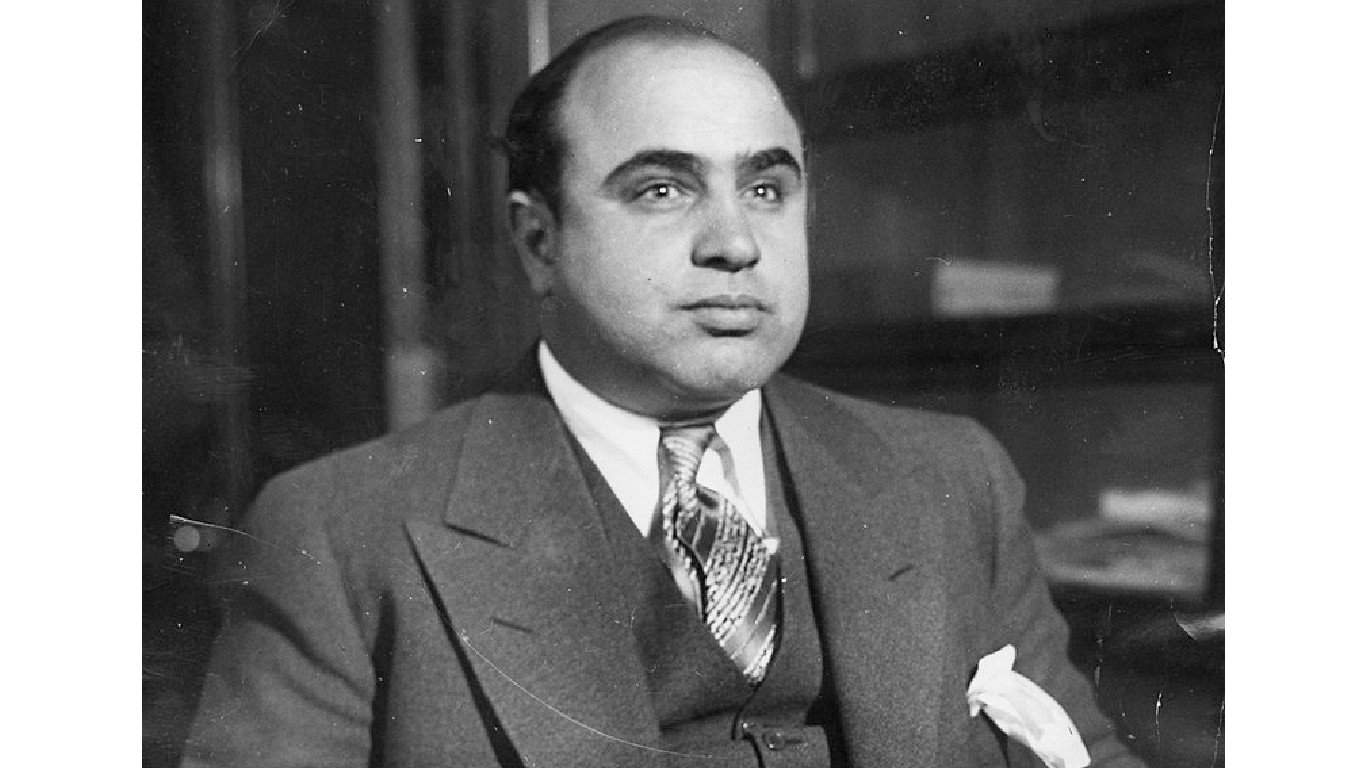Notoriety is an often forgotten motive for criminals. While money and power are more common and possibly more enticing, many copycat criminals simply want to be famous, even if it’s for committing a heinous crime. Thus, we must take care when reporting about large-scale crimes, such as shootings and murders. However, there’s no way around the fact that serious crimes will get you famous. There’s a type of sickening glamor that comes with being a criminal, especially if your crime results in a major loss of life. Many American criminals, such as Al Capone, Ted Bundy and Whitey Bulger, became household names, especially in regions where they once operated.
Let’s examine the ten most notorious American criminals who have ever operated in the country. You might be surprised by which criminals became household names.
To determine which criminals belonged on this list, we had to start by figuring out which ones were household names. The easiest way is to consult other published lists, particularly those sorted based on a user poll. A direct poll of users tells us which criminals are well-known to the general public. While other published sources surrounding criminal notoriety are helpful, a general public survey can give a more well-rounded answer than a limited survey.
Once we had a strong list of famous American criminals, we delved into their biographies, learning about their upbringings and transitions to criminal acts. We also studied their lives as criminals, their modus operandi, motives, and sentencing. We did not include unsolved criminals, like the Zodiac Killer, even if their crimes were well-known. (To learn a different kind of criminal, check out The Most Notorious White Collar Criminals of All Time.)
Jeffrey Dahmer
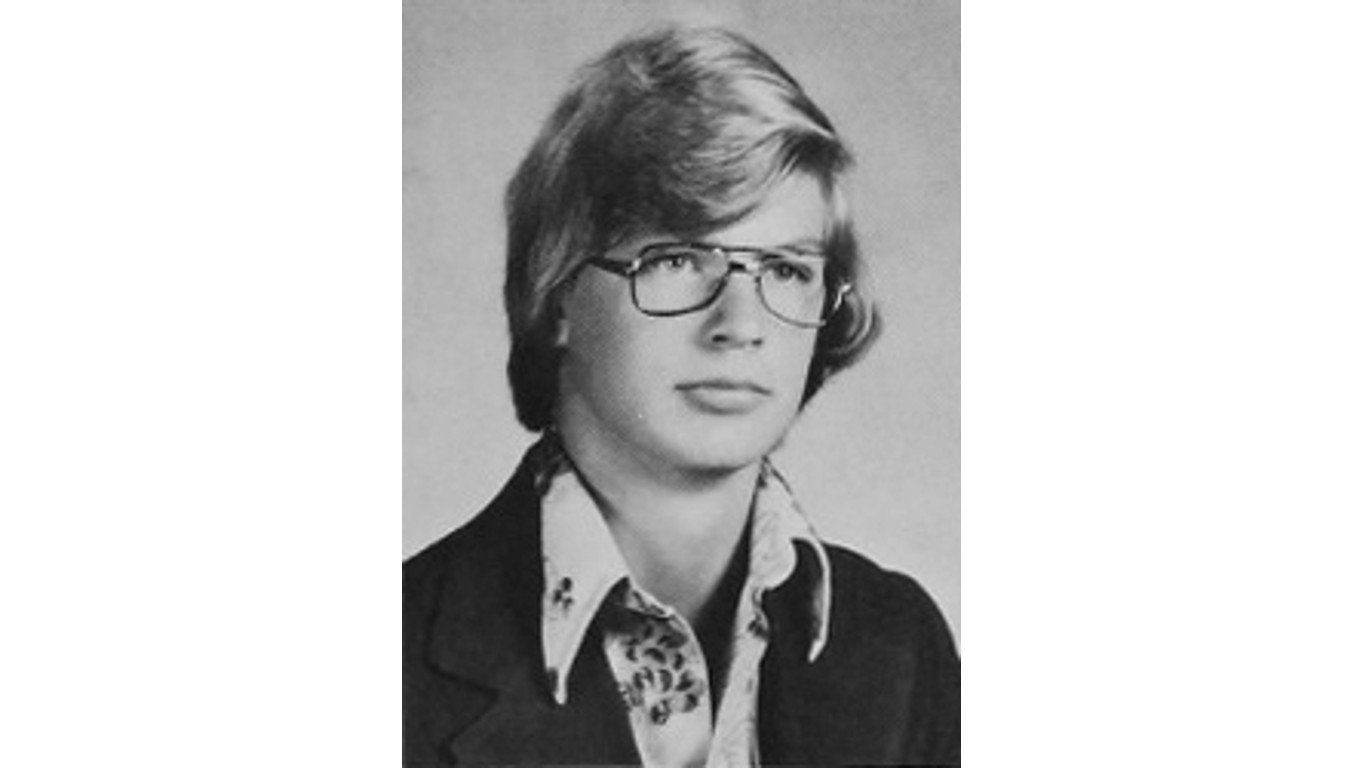
According to user polls, the most notorious American criminal is the serial killer Jeffrey Dahmer. Dahmer was born in Milwaukee, Wisconsin on May 21, 1960. Police arrested Dahmer in 1991, and his arrest and conviction prompted the public to widely criticize the police department for negligence as well as creating a surge of interest in serial murderers.
While many serial killers in the world claimed far more lives than Dahmer, his crimes were particularly gruesome, leading to his notoriety among criminals and serial killers, especially. Dahmer’s crimes were not simple murders. They included cannibalism and necrophilia, which shocked the public and led to widespread knowledge of his acts.
Jeffrey Dahmer
Dahmer’s first murder took place in 1978 in Bath Township, Ohio. He wouldn’t murder again until 1987. However, the second murder was the beginning of a series of 15 murders of boys and young men. His victims were mostly poor African American, Latino and Asian men. After his arrest in 1991, Dahmer received 15 consecutive life sentences. A 16th life sentence was added to his term for the murder he committed in 1978. He died in 1994 when a fellow inmate murdered him in a Wisconsin prison.
The story of Dahmer’s acts spread like wildfire and the Milwaukee police came under fire for negligence. Critics argued that since Dahmer was active from 1978 until 1991 without being detected, the police negligently failed to properly investigate the disappearances of his victims. They also argued that the reason the police hadn’t investigated the disappearances was because the victims were homosexuals and primarily of racial minority groups. Thus, the police failed to prioritize the missing persons, although an average of three people in Dahmer’s scope went missing every year during Dahmer’s most active years.
Ted Bundy

In the days leading up to his execution, Ted Bundy confessed to the murders of 36 girls and women.
Ted Bundy is one of the most notorious American criminals of the 20th century. While he officially confessed to 28 crimes, some experts estimate that he claimed hundreds of lives during his active years as a serial killer. He murdered young women in Washington State, Oregon, Colorado, Utah and Florida between 1974 and 1978. His trial was highly publicized and, like Jeffrey Dahmer, began a boom in interest in serial killers. Critics have widely argued that the public nature of his trial has turned him into a romantic figure as his case was the basis for several books and shows revolving around serial killing.
Ted Bundy
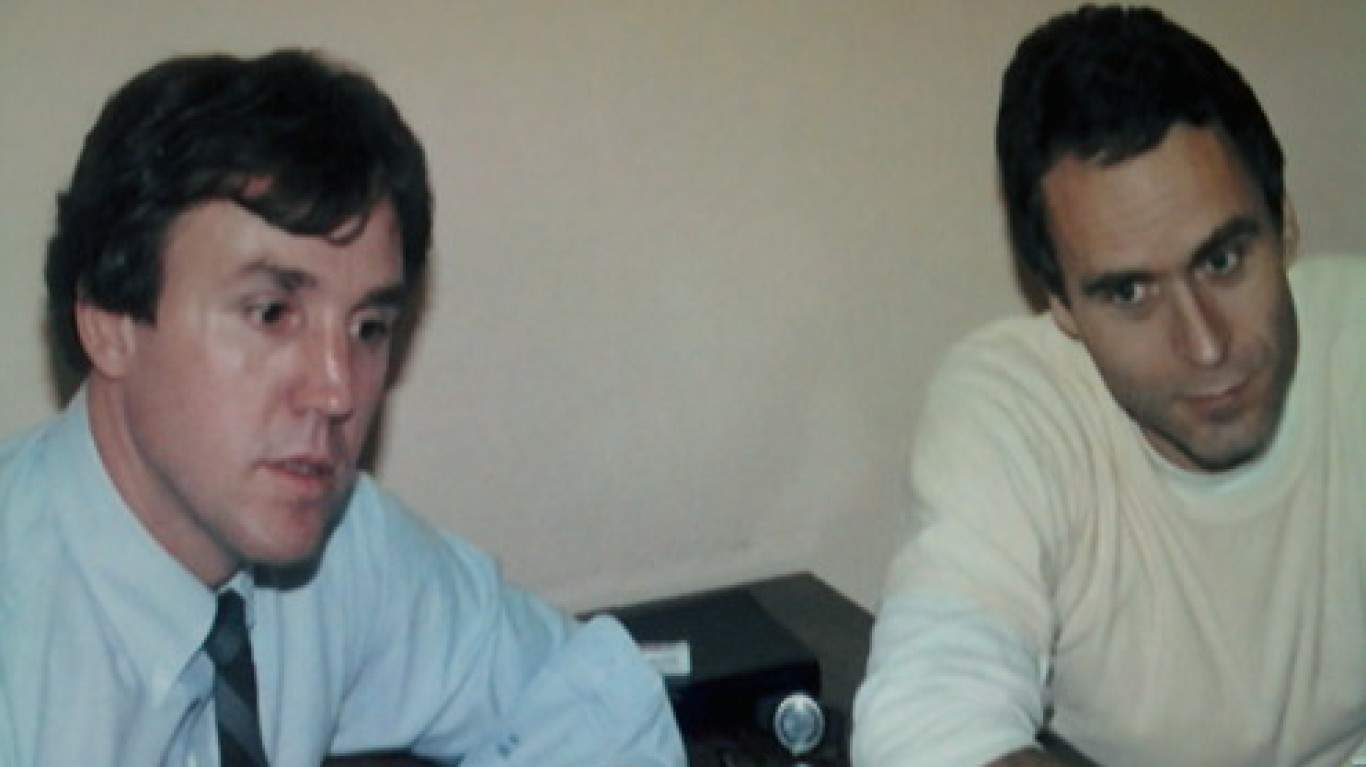
Left: Bill Hagmaier (FBI) and Ted Bundy during the final Death Row interview.
Bundy was the victim of a tumultuous childhood. His relationship with his stepfather was, at best, quite strained and he was a shy child, which opened him up to bullying from peers. However, he was a deeply intelligent and charismatic person, which led to a successful college education and career. During his time at university, he appears to have engaged in several relatively normal and healthy emotional relationships with women.
Despite what seemed like a successful transition to a normal adulthood, Bundy went on to sexually assault and kill numerous women and girls during his active years. Following his escape from custody in 1977, he became something of a celebrity, in part fueled by his charisma and intelligence during his trial. He was sentenced to death for the murders of two college students in 1979, and again in 1980 for the rape and murder of a 12-year-old girl. He was executed via electric chair in Florida in 1989.
Charles Manson
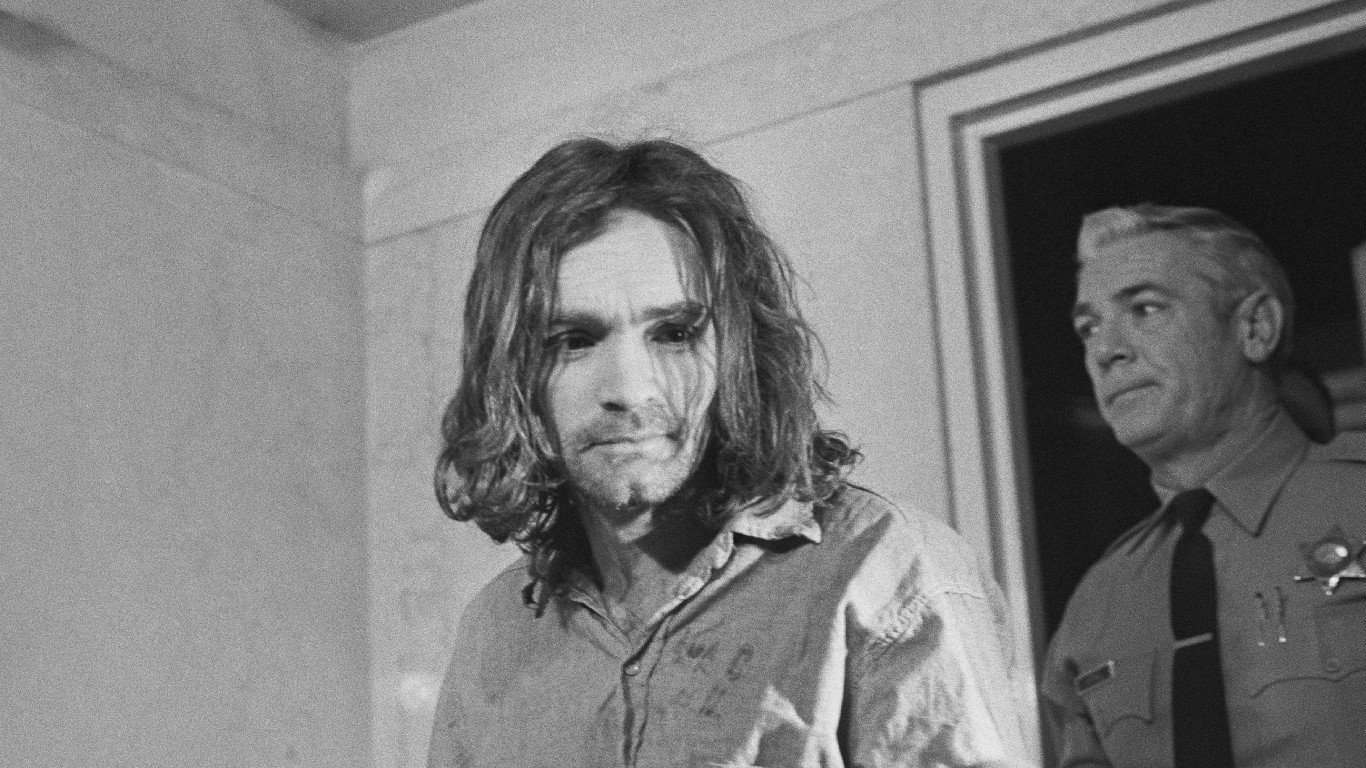
The notorious Charles Manson was an American criminal and cult leader whose followers committed several high-profile murders in the late 1960s. The Manson Family’s activities—their murders in particular—inspired the book Helter Skelter, published in 1974. Manson was a fanatic who preached of an apocalyptic war that would ravage the United States and leave the Manson Family as the dominant political power in the country.
He attracted young people who joined the Family and dedicated their lives to studying and implementing his fanatical teachings, which were largely based on science fiction, the occult and fringe psychology. Despite the eccentric nature of his beliefs, he commanded his cult with an iron grip. In 1969 the cult turned to murder, gruesomely killing several people, including Sharon Tate, on Manson’s orders.
Charles Manson

Manson suffered from a tumultuous childhood. Born to a 16-year-old girl, Manson never knew his father. He lost his mother when she was imprisoned for armed robbery, and in the following years, he spent most of his time in juvenile detention centers and prisons. His crimes included larceny, armed robbery, burglary and auto theft. He was released from prison in 1967 and moved to San Francisco where a small but devoted group of bohemian youths gathered around him as a leader.
By 1968, the Family was in full swing as a communal religious cult. After his followers killed several people on his orders, they were arrested and tried, which gained national attention. Manson initially received a death sentence, but the abolition of the death penalty in California changed his sentence to life in prison. He was eligible for parole on several occasions but was denied at all his hearings.
John Wayne Gacy
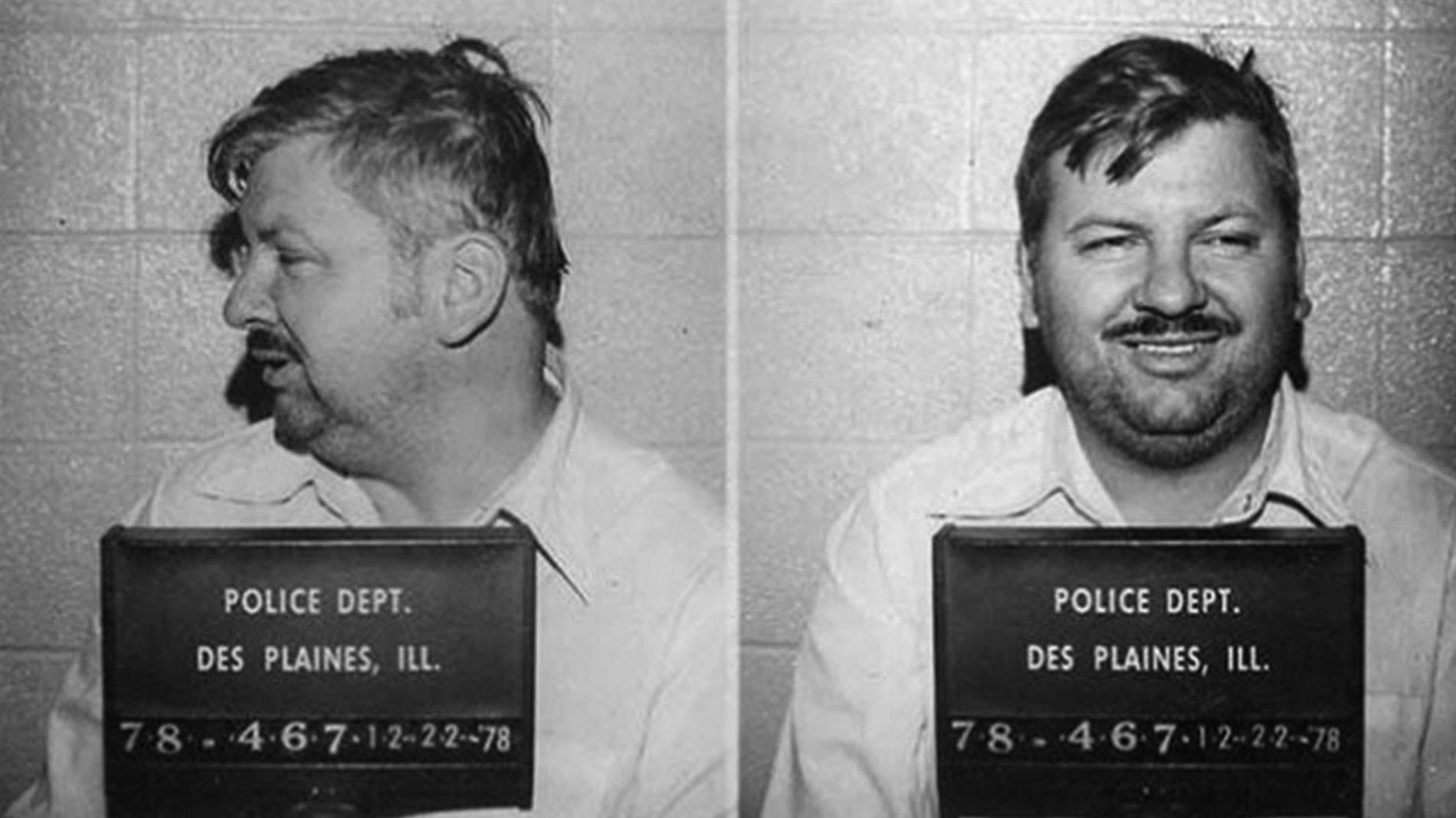
John Wayne Gacy filed numerous appeals in the years leading up to his execution.
The discovery of the 30-odd bodies in the vicinity of John Wayne Gacy’s home in Chicago shocked the community that primarily knew Gacy as a sociable man who performed as a clown at various events. Gacy’s home had a foul smell that had persisted for years. However, he’d convinced the people who lived near him and even his wife that the smell came from moisture buildup.
The real source of the smell was the 29 bodies he had hidden in and around the home. Four more bodies turned up in the nearby river. During his trial, the defense attempted to plead insanity, with experts blaming his actions on his schizophrenia. However, the jury rejected the plea and sentenced him to death.
John Wayne Gacy
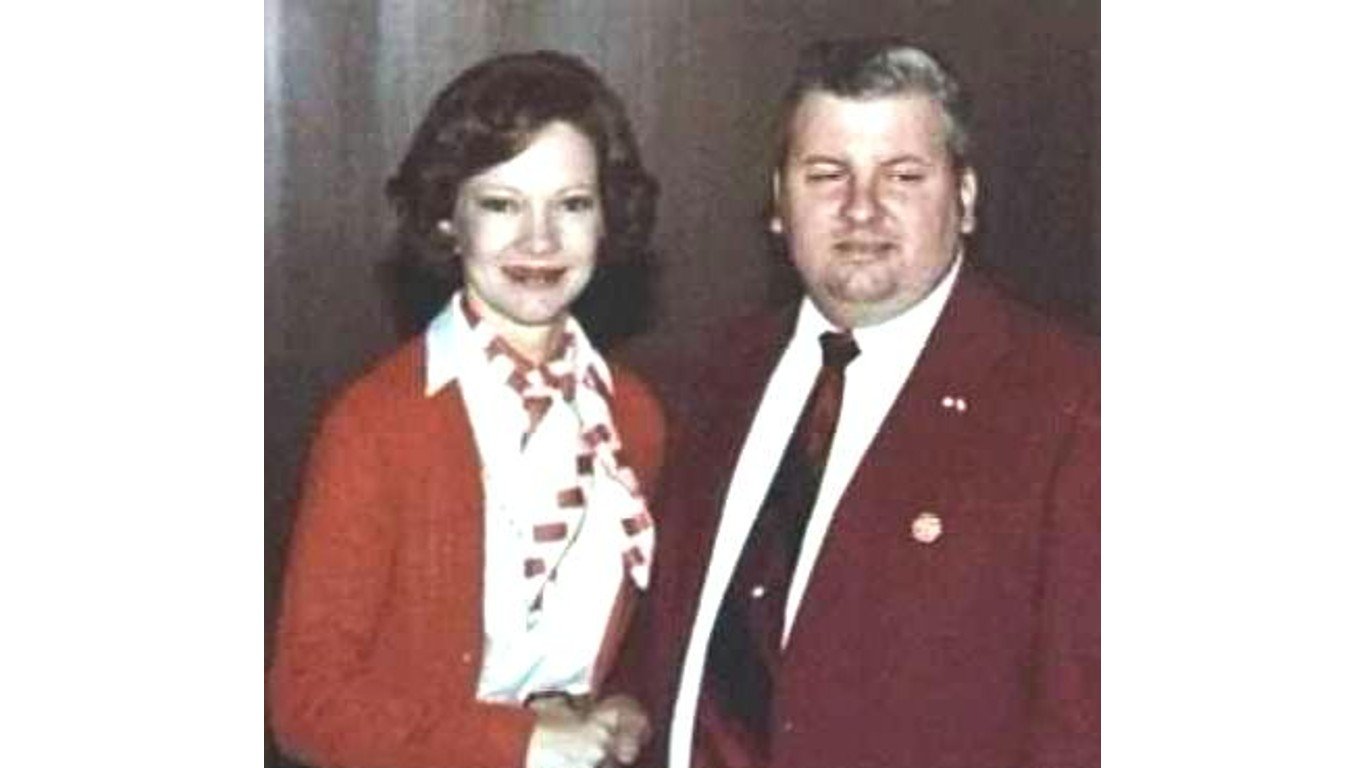
John Wayne Gacy filed numerous appeals in the years before his execution.
Unlike other famous American criminals, Gacy had a relatively ordinary childhood. He was born and raised in a blue-collar family. However, he exhibited a growing sadistic tendency as he aged, resulting in several run-ins with the law in the 1960s. After being convicted of sexually assaulting a young man in 1968, he was imprisoned in the Iowa State Men’s Reformatory. He was released in 1970 and again arrested for sexual assault while still on parole. These charges were eventually dropped. After this incident, he became a successful independent contractor and moved to Chicago.
In 1978, Robert Piest was reported missing and police learned that the last person to see him was none other than John Wayne Gacy. They executed a search warrant and discovered 29 bodies of boys and young men in and around his home, along with 4 more bodies in the river nearby. Gacy died by lethal injection in 1994.
Al Capone
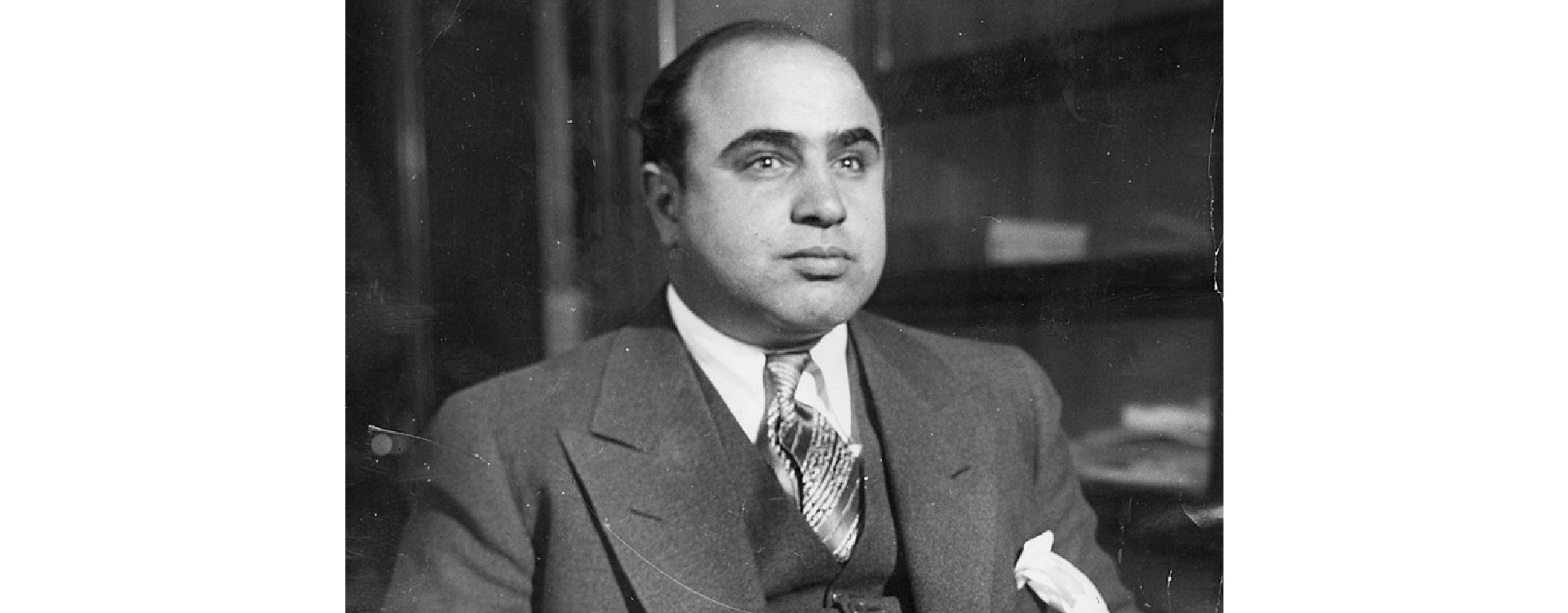
Alphonse “Al” Capone was a Prohibition-era gangster and possibly the most well-known American gangster in the world. His organizations dominated the underground scene in Chicago during Prohibition. Capone had a scar on his left cheek from a violent altercation in his youth. He had made a crude comment to a fellow delinquent, Frank Gallucio’s, sister, prompting Gallucio to slash him with a knife or razor. After the incident, he gained the nickname “Scarface” from which the movie by the same name would take its inspiration.
Capone’s parents immigrated to Brooklyn, New York, United States from Naples in 1893. He was the fourth of nine children. After attacking a teacher at school, Capone dropped out of education at just 14 years old. He proceeded to work odd jobs, such as a candy store clerk, bowling alley pin boy, laborer at an ammunition plant and cutter in a book bindery.
Al Capone

Capone was also involved with the South Brooklyn Rippers and Forty Thieves Juniors, groups of delinquents known for vandalism and petty crime, sometimes called “kid gangs.” Additionally, Capone joined the James Street Boys, where he met his mentor, Johnny Torrio. By the age of 16, Capone had graduated to the Five Points gang, where he served Francesco Ioele, better known as Frankie Yale. Capone worked as a bartender in the Harvard Inn, Yale’s saloon and brothel.
Capone was involved in a rather large handful of murders, including the St. Valentine’s Day Massacre, where seven members of a rival gang were gunned down with machine guns in a garage. His notoriety and larger-than-life appearance attracted a lot of nationwide attention. His actions and notoriety as an American criminal prompted a boom in interest in organized crime and the creation of the gangster film genre.
Richard Ramirez
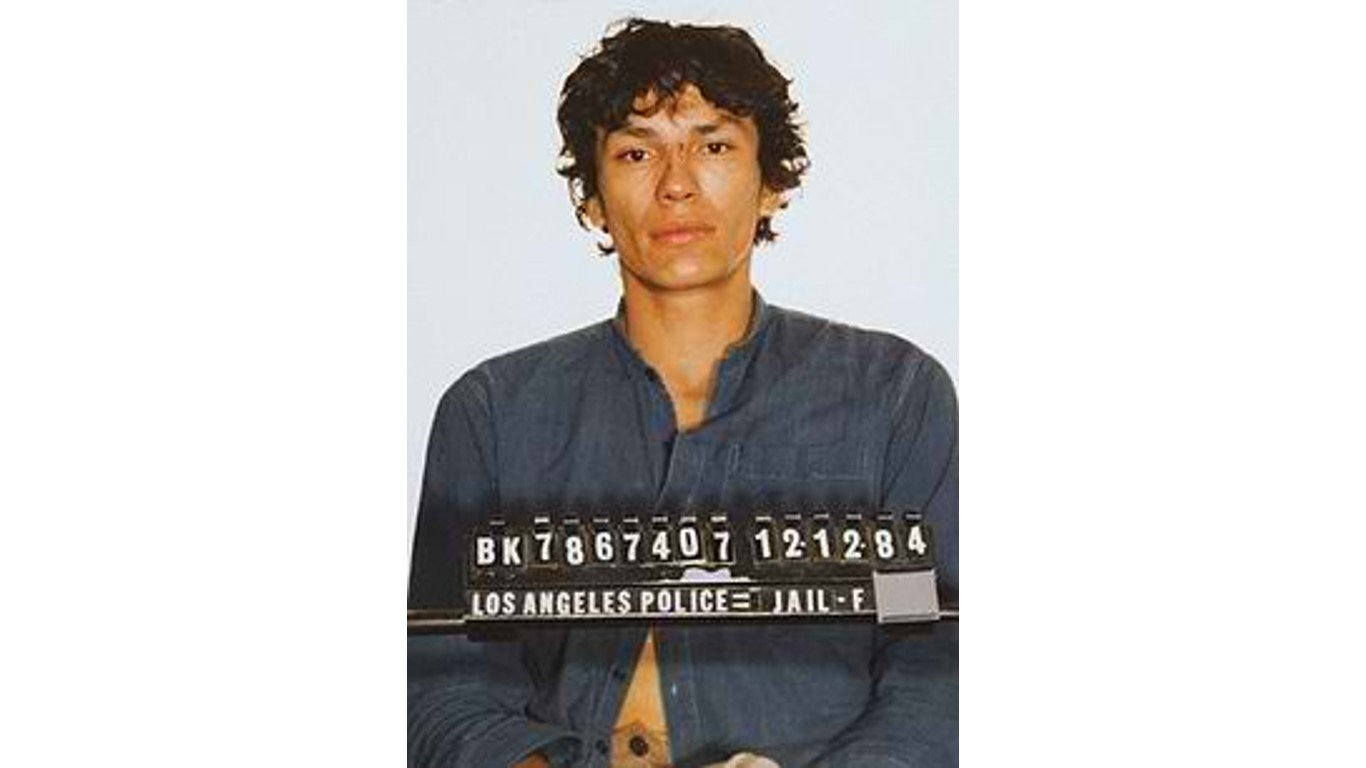
Richard Ramirez was an American serial killer who operated in California from 1984 to 1985. He was convicted of 13 murders and sentenced to death. However, he died of cancer in prison in 2013 before his execution. Ramirez was a famous American criminal, known as the “Night Stalker” during his active serial killing year.
News of his crimes caused a boom in gun sales as people sought to protect themselves from the threat to their community. At no point during his trial or sentencing did Ramirez express any type of guilt or remorse for his actions. He stated, “Big deal. Death always went with the territory,” after receiving his sentence. While Ramirez was convicted of the killing of 13 people, some of his victims survived the brutal beatings and sexual assaults.
Richard Ramirez

Ramirez grew up in El Paso, Texas. According to reports, when he was 12 years old, his cousin showed him pictures of women that he claimed to have raped, tortured and killed during his time serving in the Vietnam War. The next year, his cousin fatally shot his wife, a crime to which Ramirez bore witness. During this period, Ramirez began breaking into people’s homes and dropped out of high school. He moved to Los Angeles, where he was briefly jailed for auto theft.
In June 1984, Ramirez graduated from breaking-and-entering to murder when he raped and murdered a 79-year-old widow. While he was implicated in the 1984 murder of a nine-year-old girl, he was not charged with the crime. After his first murder, he waited eight months before striking again. He was primarily active in the Los Angeles area, and most of his murders occurred during home invasions, a habit he never freed himself of.
Bonnie and Clyde
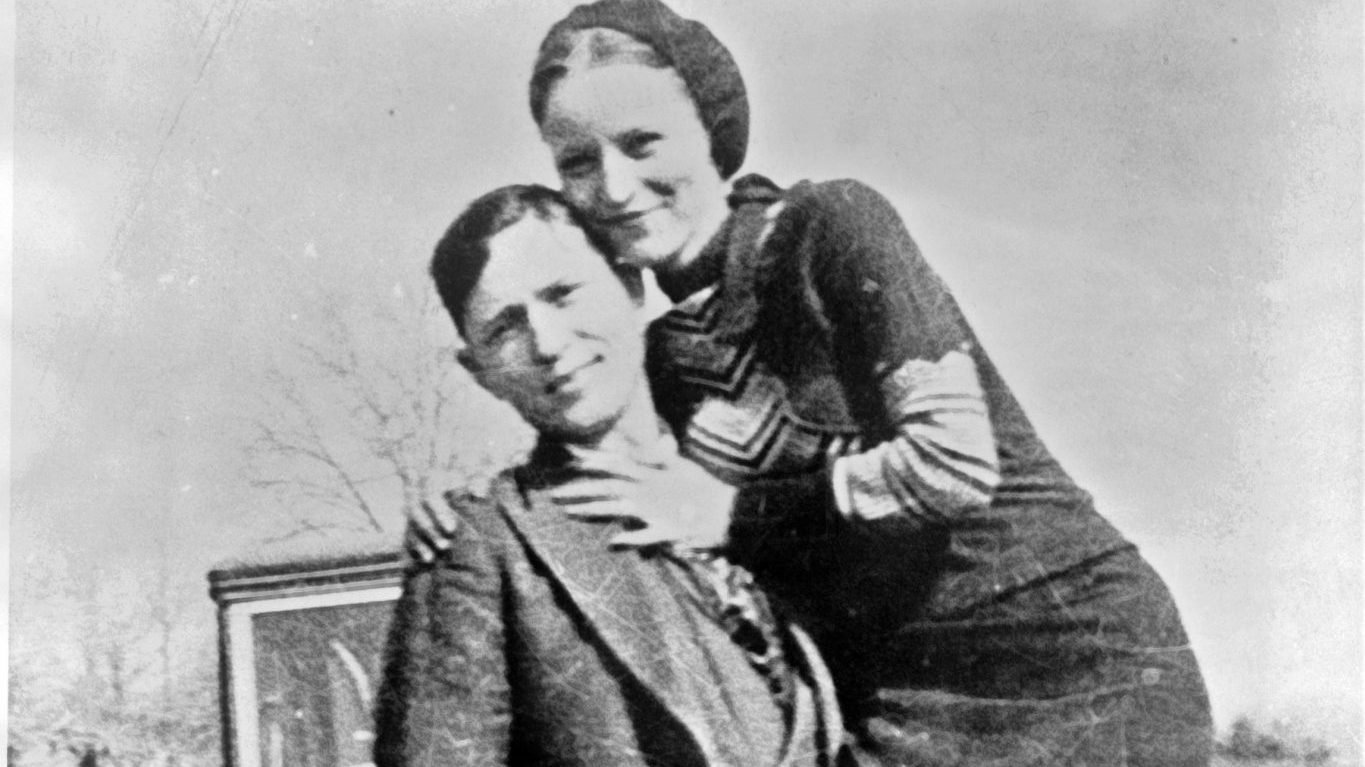
Bonnie and Clyde were a legendary crime duo that specialized in robbery. They are among the most notorious American criminals in history. After a 20-month prison sentence, Clyde Barrow partnered with Bonnie Parker before going on a 21-month crime spree that involved flamboyant altercations with the police.
Due to the sensationalization of their crimes by the media, Bonnie and Clyde gained widespread notoriety throughout the country. Bonnie and Clyde worked alongside several others, including Clyde’s brother Buck, Buck’s wife, Blanche, W.D. Jones and Ray Hamilton. The duo primarily operated in Texas, Oklahoma, Missouri and New Mexico. Their takes never exceeded $1,500. However, $1,500 in 1930 is equivalent to almost $28,000 in 2024. So, they were not operating with small amounts of money.
Bonnie and Clyde
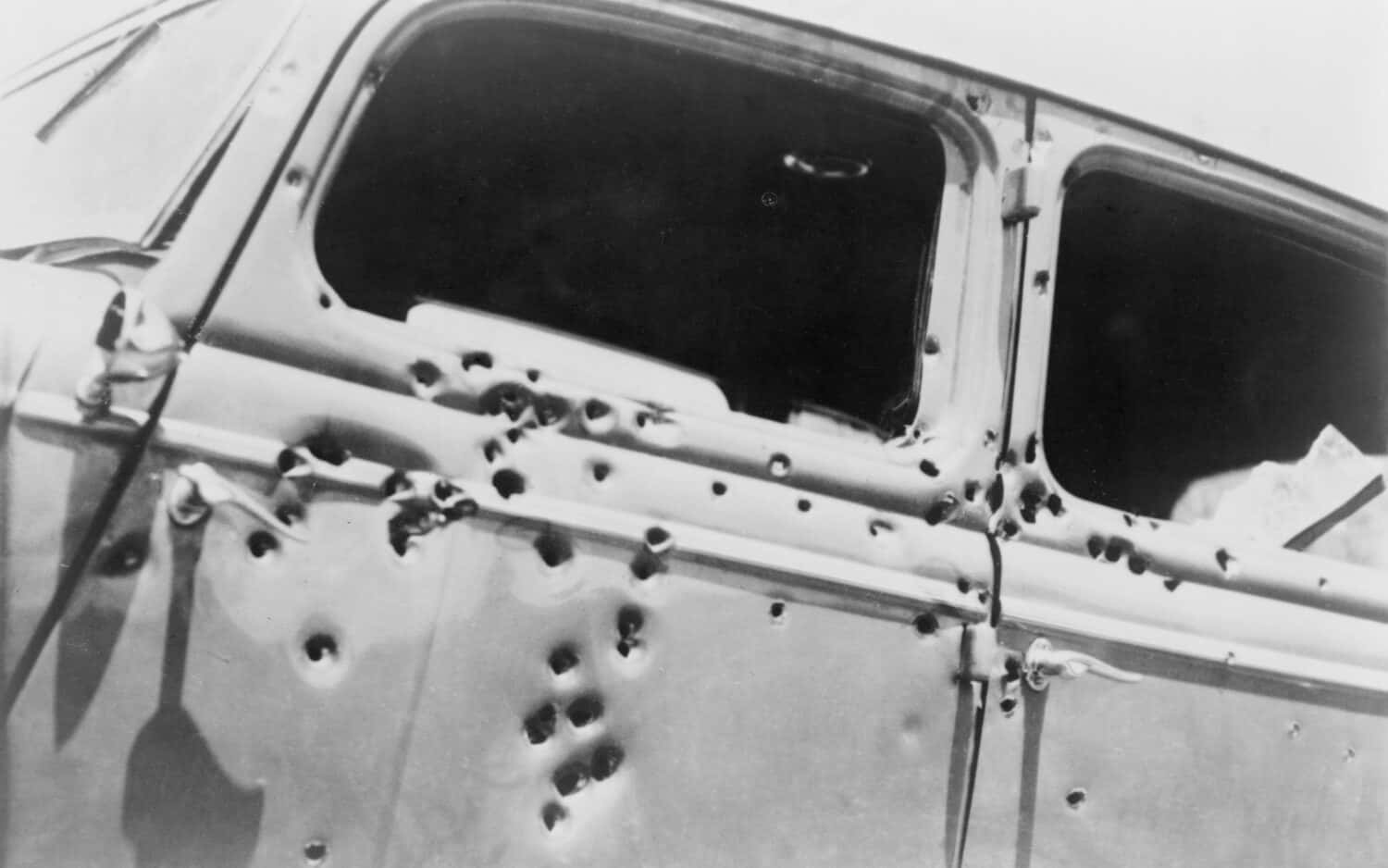
The search for Bonnie and Clyde began in December 1932 when the FBI recovered a stolen vehicle in Michigan. The vehicle had been transported across state lines from Oklahoma. A search of a second stolen vehicle in Oklahoma tied the stolen cars to Bonnie and Clyde through a prescription bottle filed for Clyde’s aunt. The FBI issued a warrant for their arrest and began searching for them, leading to several shootouts with the police.
The duo escaped capture on several occasions, most notably near Grand Prairie, Texas. They also helped five prisoners escape, killing two guards in the process. They also killed two police officers near Grapevine, Texas. Five days later, they killed a constable in Miami, Oklahoma, and kidnapped a police chief.
A friend’s betrayal eventually led to the capture of Bonnie and Clyde. The tip allowed the police to intercept them on a highway between Gibsland and Sailes, Louisiana. When they tried to flee, police opened fire and killed them.
Ed Gein
Ed Gein’s crimes inspired a wide breadth of horror media, including books and films, such as “Psycho,” “The Texas Chainsaw Massacre” and “The Silence of the Lambs.” His notoriety makes him one of the most famous American criminals in history. Gein’s crimes were unusually gruesome, which played a big part in his notoriety, similar to the story of Jeffrey Dahmer. He is so famous that his house in Plainfield, Wisconsin is a tourist attraction for the otherwise quaint and quiet town.
Ed Gein
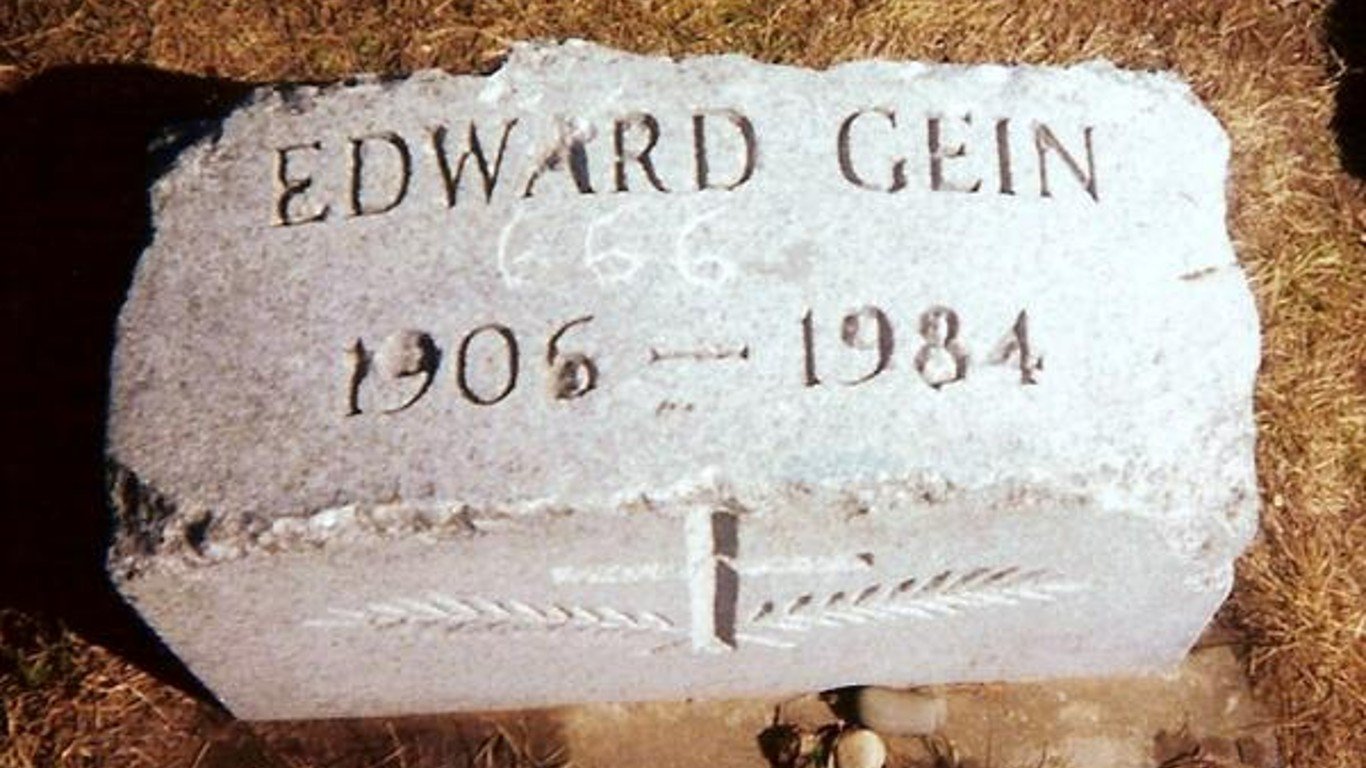
Gein’s childhood was quite difficult, even at its best. His father was a raging alcoholic and his mother was extremely verbally abusive to him. Despite the abuse, Gein idolized his mother, causing him to be at odds with his older brother Henry, who often confronted her about her abusive behaviors. In 1944, Henry Gein died in a fire near the family farm. Gein reported that his brother was missing to the police. However, when prompted he was able to lead investigators directly to the burned body. Henry’s death was ultimately ruled an accident, although bruises were found on his head.
Police once again found themselves at the Gein’s farm in 1958, long after the deaths of Ed Gein’s mother and father, leaving him the sole resident and functional hermit. Bernice Worden, a hardware shop owner, had been seen with Gein and subsequently went missing. Her butchered body was found on the property. Police also found the head of Mary Hogan, who had gone missing three years prior. Gein was also found to have been systematically robbing graves. He had been collecting body parts from the cadavers and using them to make furniture, clothing and masks.
Ted Kaczynski
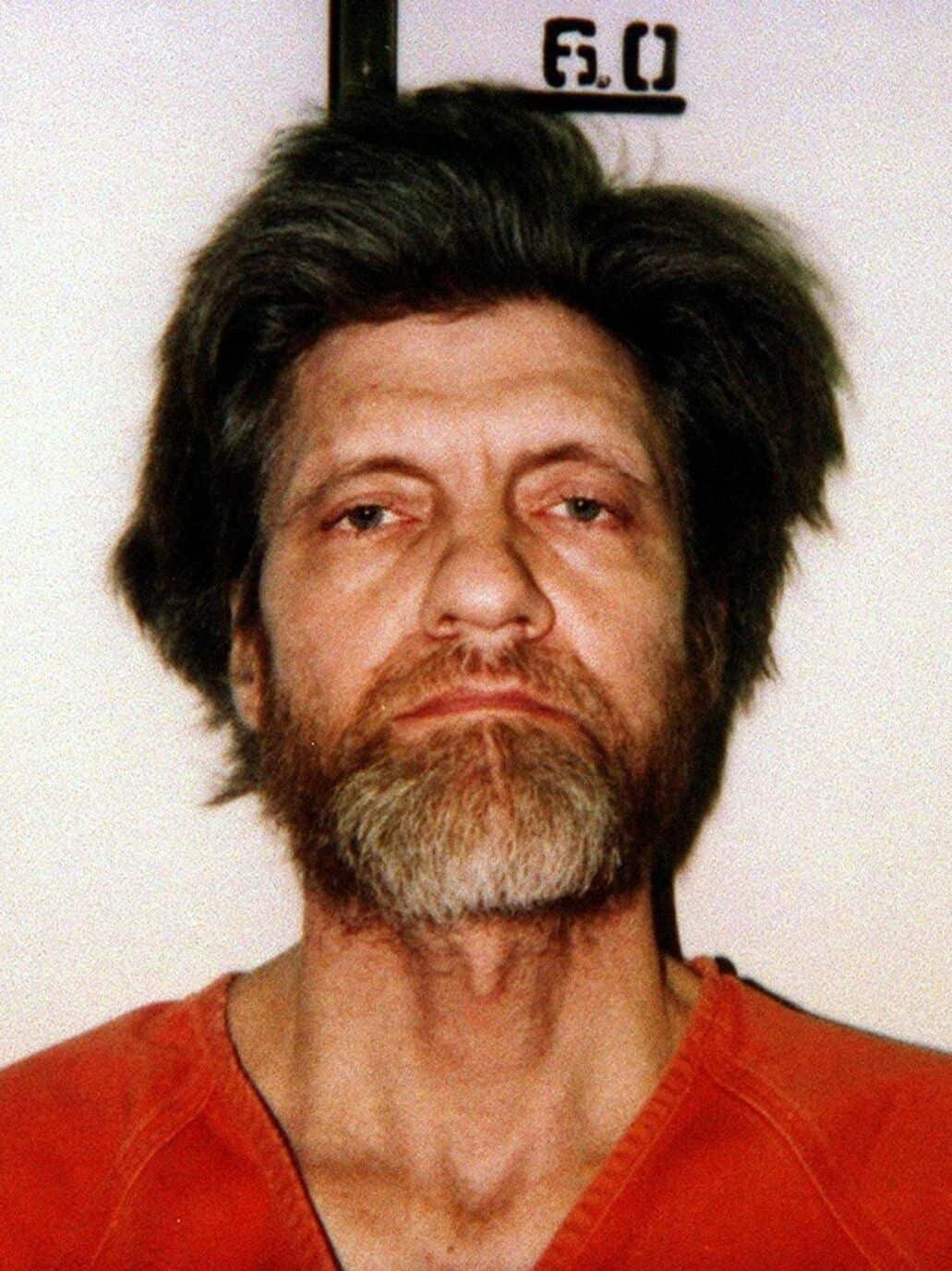
Better known as the Unabomber, Ted Kaczynski carried out a 17-year mail bomb campaign with the intent of bringing about a “revolution against the industrial system.” He is one of the most famous American criminals, and possibly the most famous American domestic terrorist. His bombs ultimately killed three people and injured 23.
Kaczynski was an incredibly intelligent person. He held an undergraduate degree from Harvard University and completed his graduate studies at the University of Michigan, earning a Ph.D. in Mathematics. He worked at the University of California Berkley as an assistant professor before beginning his reign of domestic terrorism.
Ted Kaczynski

During his career as an assistant professor at Berkley, Kaczynski developed a marked disdain for technology and modern life. Following his departure from Berkley in 1969, he moved from city to city. Then, he and his brother David bought a large property near Lincoln, Montana, where Kaczynski would spend most of his time for the next 24 years. Kaczynski built and lived in a 10-foot×12-foot cabin with no electricity, heat or running water. He occupied his time by reading books from the local public library and writing early versions of the manuscript that would one day be famously known as the Unabomber Manifesto.
In 1978, he moved to the Chicago area to work at his brother’s factory. During this time, he began to deliver crude mail bombs to people he believed responsible for the destruction of nature. Of the 16 bombs he ultimately delivered, 14 detonated, and 2 were defused. He was eventually caught after his manifesto was published in the New York Times. His brother recognized his writing and reported him.
Edmund Kemper
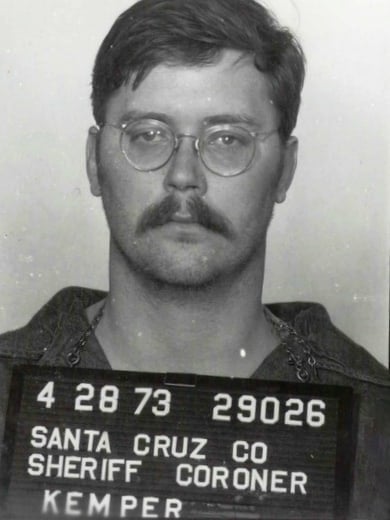
Edmund Kemper is among the more disturbing serial killers on this list. Still, he is not as well-known as the likes of Jeffrey Dahmer and Ted Bundy. As a child, he primarily lived with his mother and two sisters. His mother was an alcoholic and he blamed much of his troubles on her critical and abusive behavior towards him.
Kemper had a dark fantasy world from a young age, cutting the heads off of his sisters’ dolls and coercing his sisters into playing a game he called “gas chamber” where they would blindfold him and lead him to a chair where he would pretend to writhe in agony until he “died.” He killed two cats, one at age 10, which he buried alive. The other he killed at age 13 with a knife.
Edmund Kemper
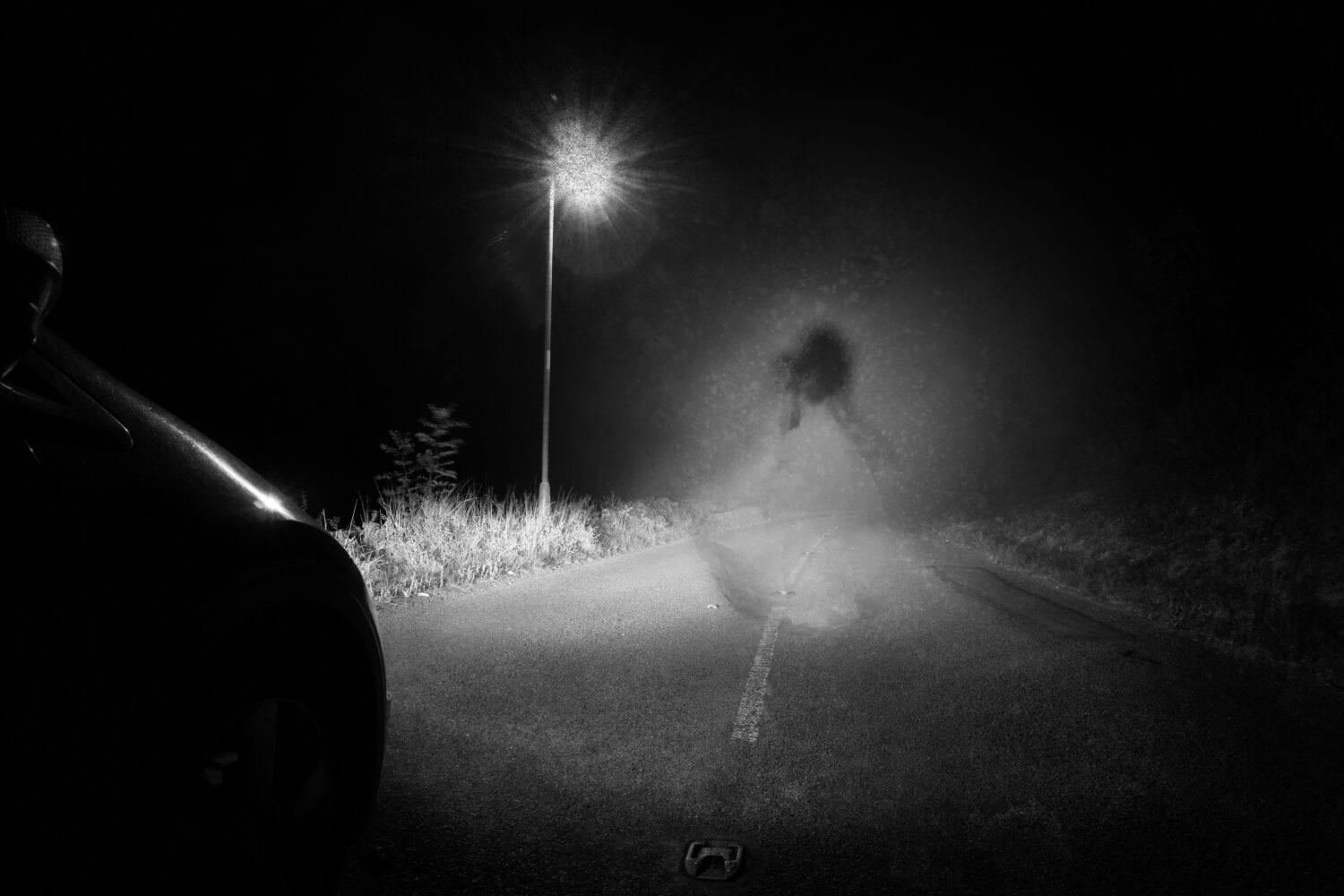
His mother sent him to live with his grandparents as a teenager. He’d taken an interest in firearms, but his grandparents took away his rifle because he killed several animals. Kemper then turned on his grandparents. He shot his grandmother in the kitchen after arguing with her. When his grandfather returned home, he went outside and shot him, too. He turned himself in, claiming he killed his grandmother “to see what it felt like.” He claimed he killed his grandfather so that “he wouldn’t have to know his wife had been killed.”
After being released from a psychiatric facility, he went to live with his mother against his doctor’s advice. Hit by a car and left unable to work, Kemper began acting on his desire to kill. At first, he picked up female hitchhikers and let them go. However, he stopped releasing the women he picked up, killing them and dismembering the corpses. He turned himself in after killing his mother and her friend. (To learn more about serial killers like Ed Kemper, read 26 of History’s Most Notorious Serial Killers.)
